For the first time in diplomatic history, Belize’s Prime Minister, Honorable Dr. John Briceño, met with Mexican President Claudia Sheinbaum and Guatemalan President Bernardo Arévalo at a special gathering on August 15 in Calakmul, Mexico. The high-level trilateral meeting culminated in the signing of a landmark agreement aimed at strengthening environmental conservation and enhancing regional cooperation on energy, infrastructure, and trade.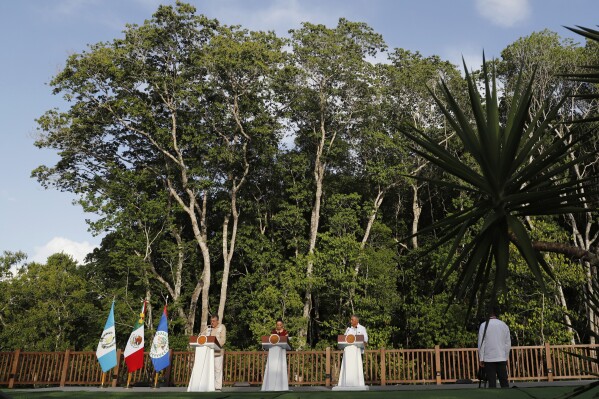
Against the backdrop of the lush rainforest, the three leaders signed what was described as a Biosphere Tri-National Park agreement, creating a formal framework to protect the vast Maya rainforest shared among the countries. Prime Minister Briceño hailed the agreement as a milestone for Belize. “This biosphere park between Belize, Mexico, and Guatemala is probably one of the most important things we have accomplished,” he said. “With the signing of this trilateral memorandum of understanding for the great Maya jungle biocultural corridor, we are not only protecting our priceless ecosystem but also honoring the legacy of the civilization that once flourished in these territories.”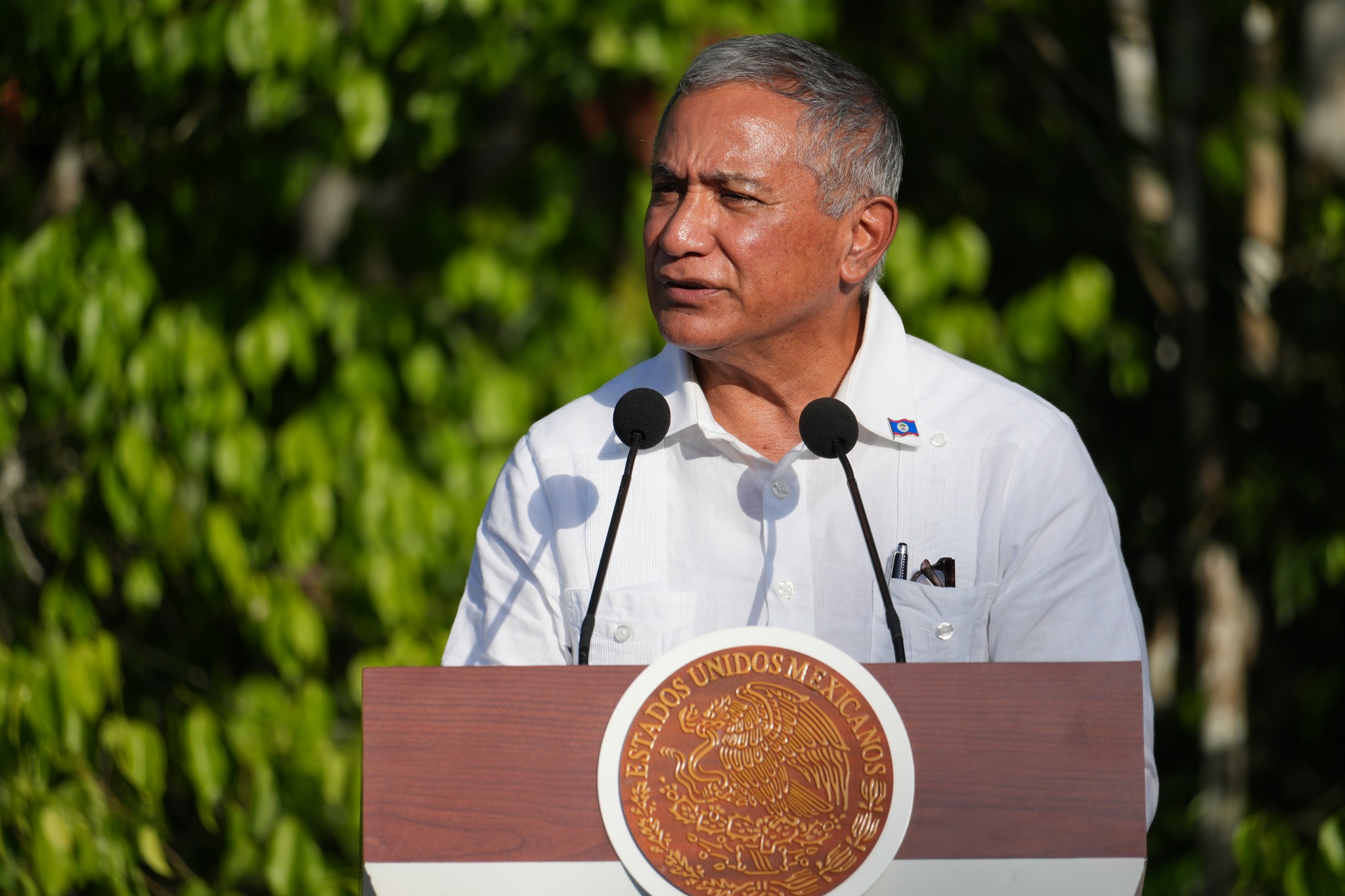
Briceño emphasized that the initiative demonstrates how political borders unite rather than divide efforts to safeguard one of the planet’s last remaining “lungs” and the living heritage of the Maya people. He added that the corridor represents a commitment to biodiversity and a bridge to a future guided by sustainable development, regenerative tourism, and ancestral wisdom. “May this agreement be the seed of permanent cooperation, where nature and culture are the pillars of prosperity for generations to come,” he said.
The Maya Forest Corridor spans about 5.7 million hectares of tropical rainforest, with 600,000 hectares in western Belize, 2.7 million in Guatemala, and 2.4 million in Mexico. The region is home to an estimated two million people.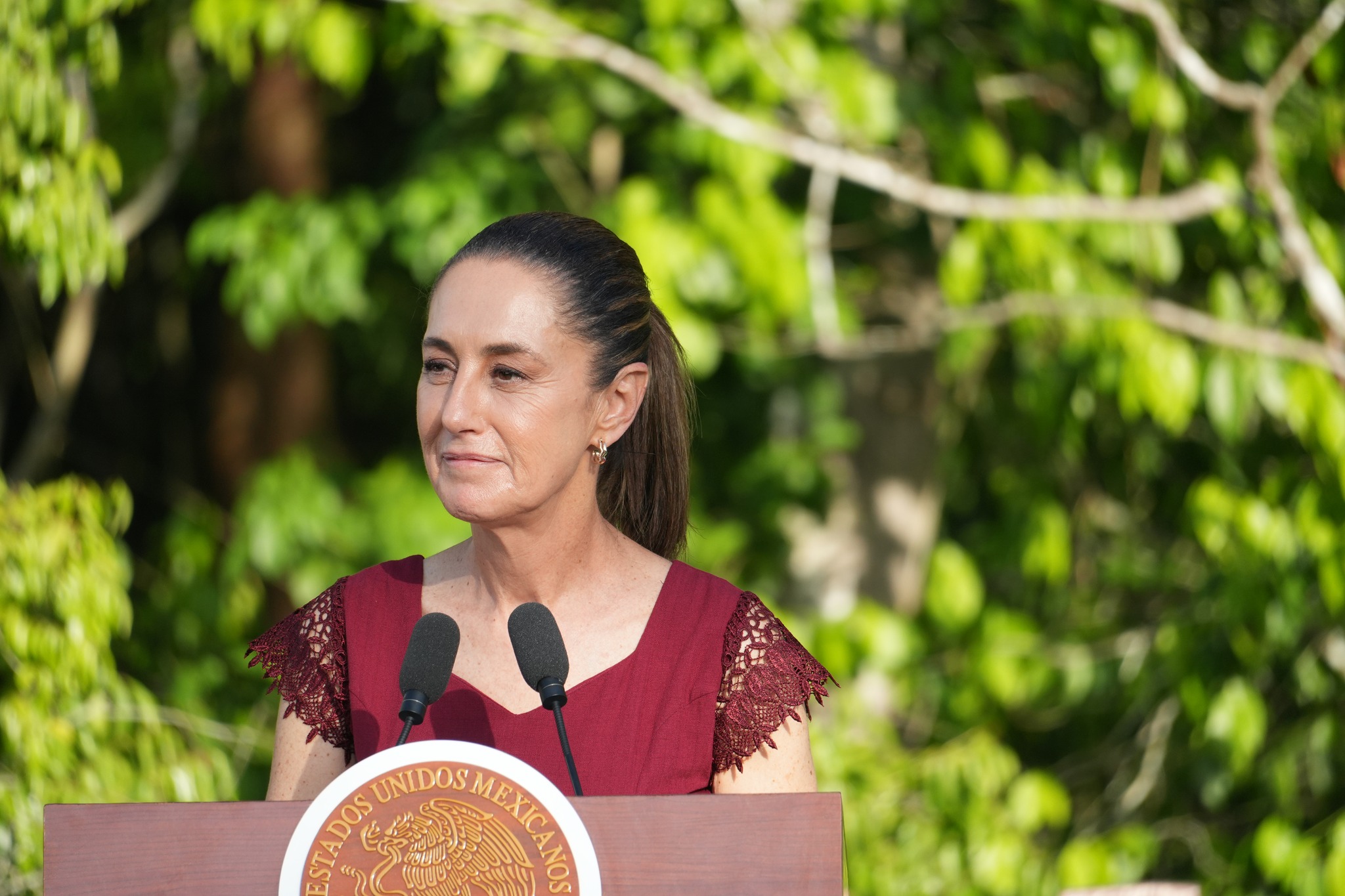
Mexican President Claudia Sheinbaum underscored the broader agenda of regional integration, affirming her government’s commitment to working with its southern neighbors. She hinted at the possible expansion of the Tren Maya rail project into Belize and Guatemala, describing the biocultural corridor as the second most important natural reserve on the continent after the Amazon. “It is something extraordinary, and it is also celebrated in a historic meeting because the three heads of state had never met before,” she said.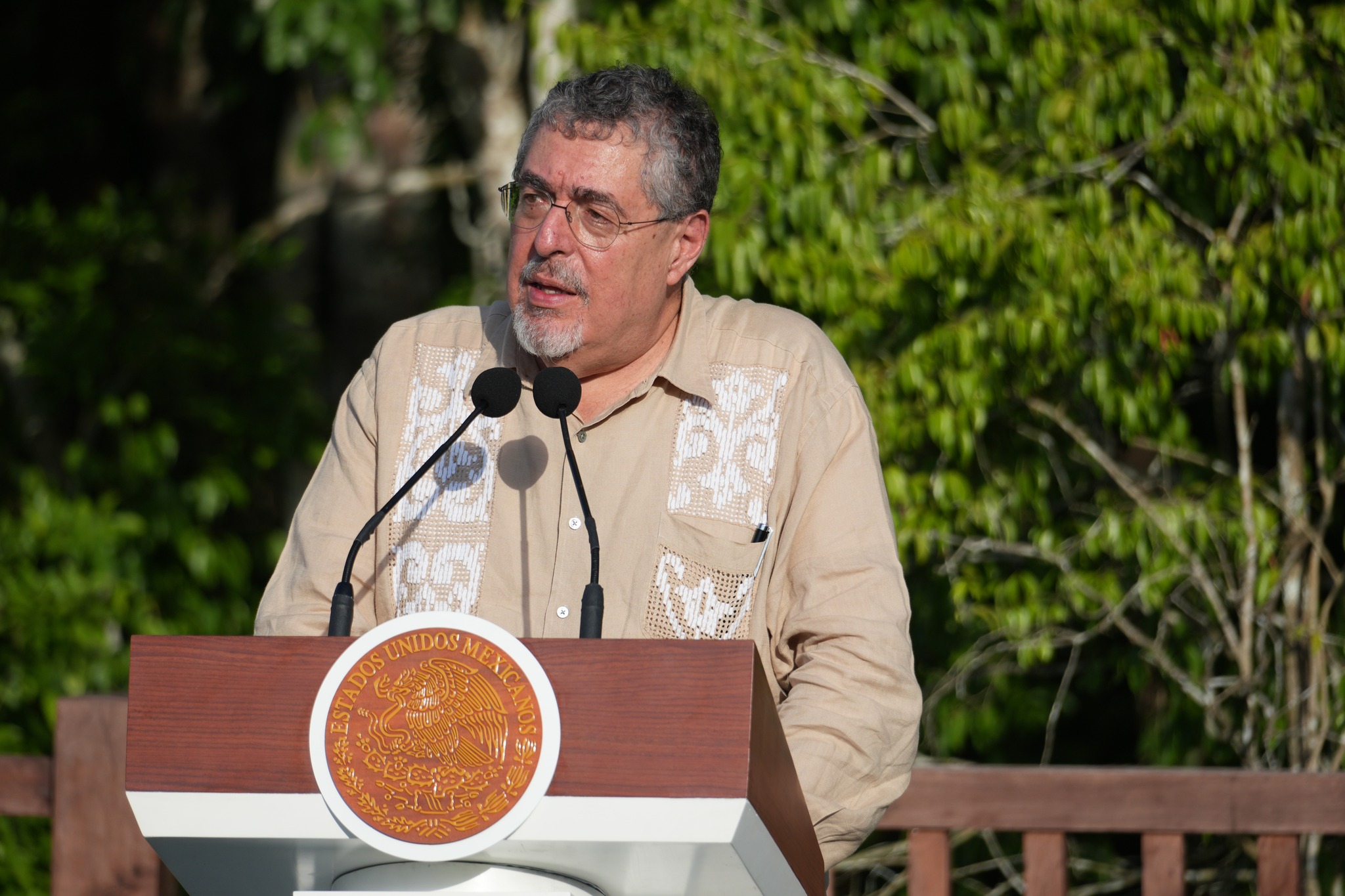
Guatemalan President Bernardo Arévalo highlighted the cultural and ecological importance of the rainforest. “Today we are surrounded by the lush mantle of the jungle, the ancient trees that are part of the impressive development of the Maya civilization and have protected one of the richest and most diverse ecosystems on the planet,” he said. Arévalo added that beneath the forest lie murals, vessels, and stone texts that reflect the complexity of Mesoamerican societies. “This territory is an invaluable and infinitely diverse source of life. Our shared future depends on the responsibility to recover, preserve, and enhance the sustainable use of this natural and cultural heritage.”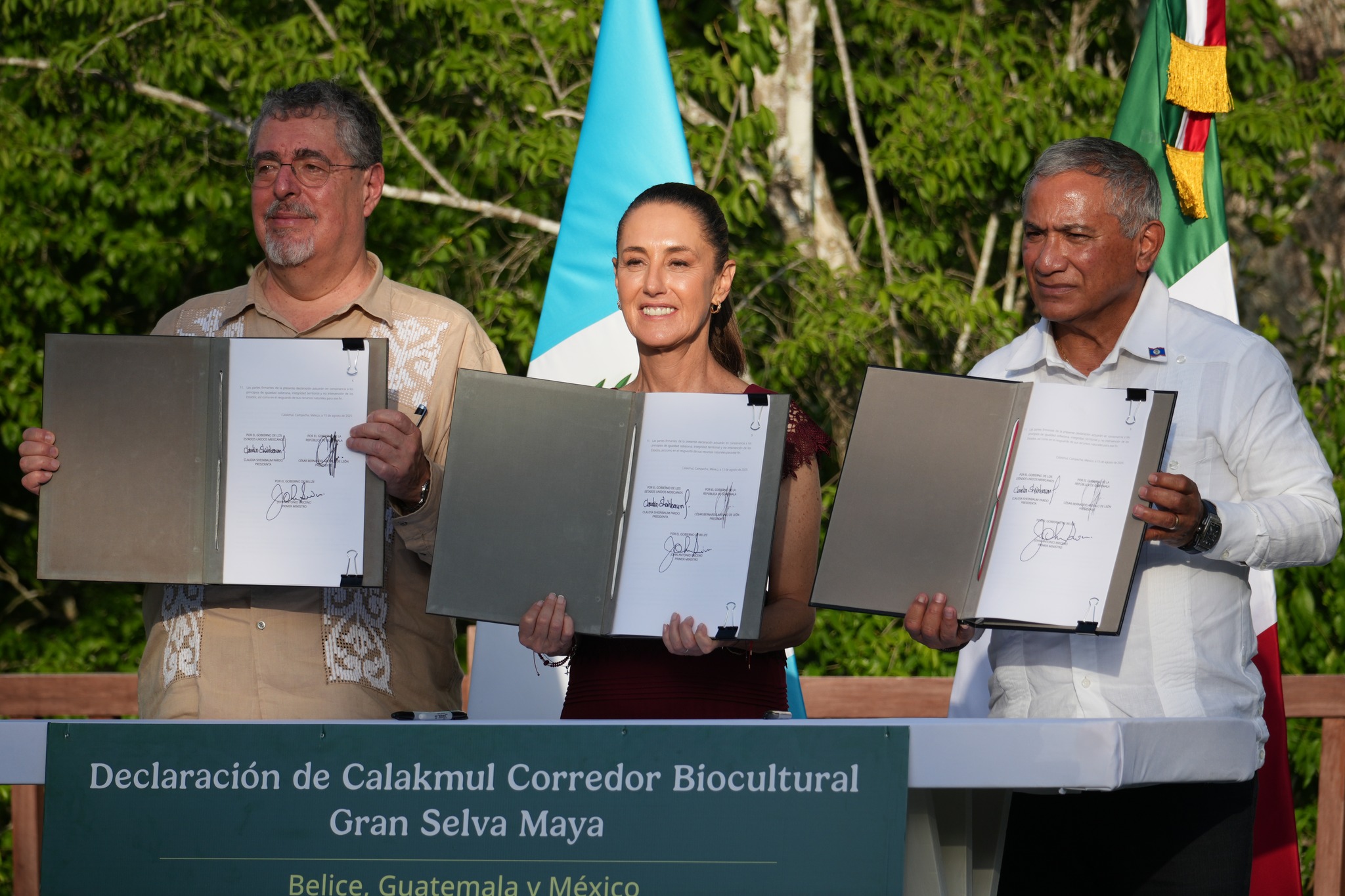
In addition to the environmental pact, the leaders discussed potential two-way energy trade between Belize and Mexico and expressed interest in expanding the Tren Maya into Central America. While no formal agreement was reached, Prime Minister Briceño noted that if the rail project extended into Belize, it would run along the main highways to avoid impacting protected areas.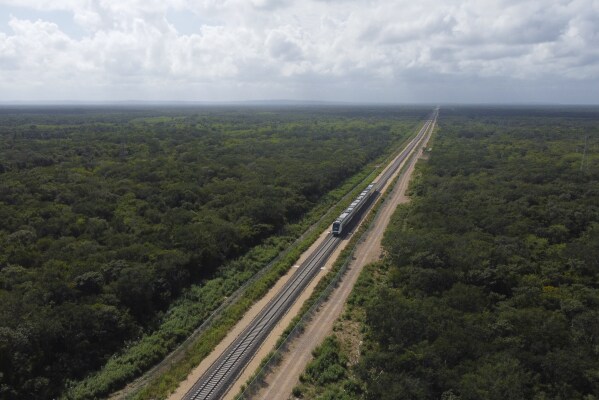
The meeting was deemed a success, signaling a renewed commitment from the three nations to deepen regional integration and promote sustainable development. They also pledged joint efforts to combat threats such as illegal logging, pollution, and forest fires through the sharing of information, technology, and training.
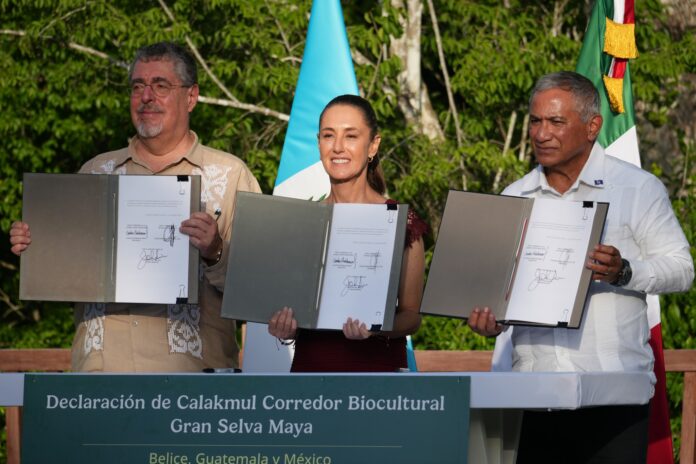
Share
Read more

